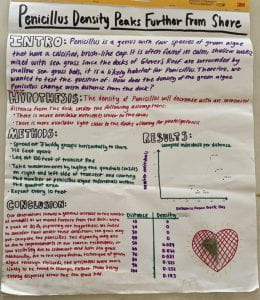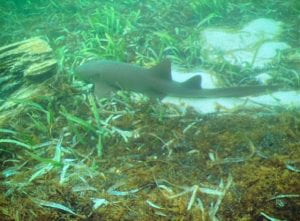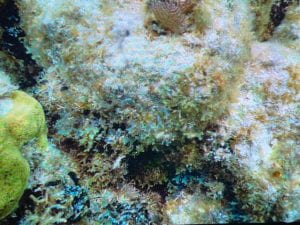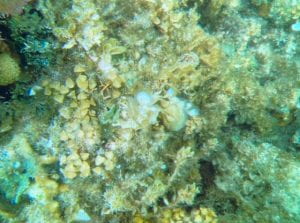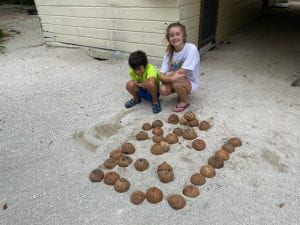Today was a big day. I know you were all waiting in suspense after the cliff-hanger ending to yesterday’s blog post. Well, wait no more.
We started out the day by practicing using out quadrats (which are actually 2×2 feet-oops!). We had to come up with a scientific question that we could answer by using the quadrat. Sophia and I chose to ask what percentage of the sand is occupied by live foliage. We laid out 30 feet of transect tape, then placed the quadrat on either side every five feet, and counted the number of squares that contained a live plant. The answer we came up with was 22.7%.
The next step was to figure out a scientific question that we could answer with the quadrat in the reef, collect data, and present our findings to the professors. You can read all about it below!
Also, I must note that throughout our scientific process we were being supplied fresh coconut by the kids. #sponsored
After that, we went on a walk to the coral graveyard-Professor Correa’s favorite place in the world! It looked like a beach full of gray rocks, but upon further inspection, it turned out to be fossilized corals! We were able to identify the corals based on the shape of the calyxes (the little spot that the coral polyp inhabits). In live coral, the skeleton is covered by the tissue, so in these fossils, we could easily see the identifying markers. Some of the fossils belonged to corals that have been nearly wiped out by disease and are rarely seen in nature, so the coral graveyard was truly a special place.
I also saw some sargassum that had washed up on the shore of the coral graveyard. I think it was sargassum natans VIII, but it was hard to tell because most of it was dead. There were also some floating sargassum patches out at sea, which was cool because there aren’t any that I have seen within the lagoon.
We then came back to watch the presentations for the night. I delivered mine on nutrient pollution, overfishing, and the future of the coral reefs.
And that was it! Tomorrow we are looking to go further out via boat to see new reefs, weather allowing of course. Stay tuned!
-Elena
ps. happy graduation to my brother! (although I doubt he’s reading this)

